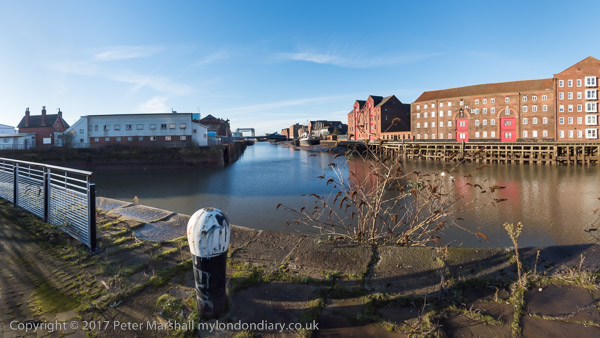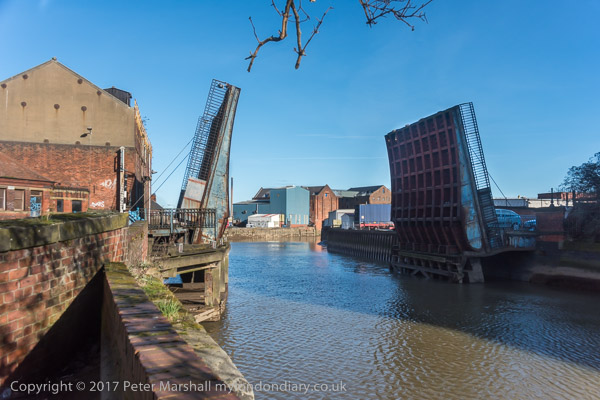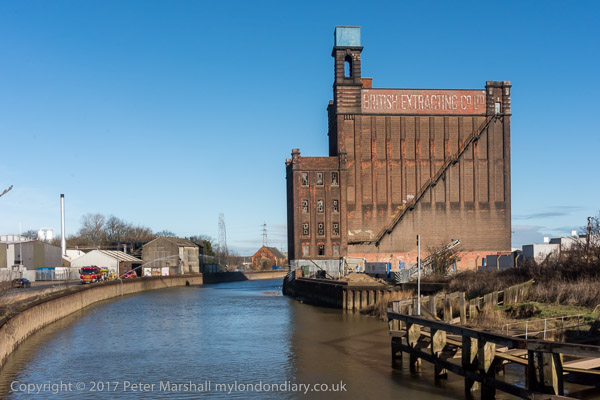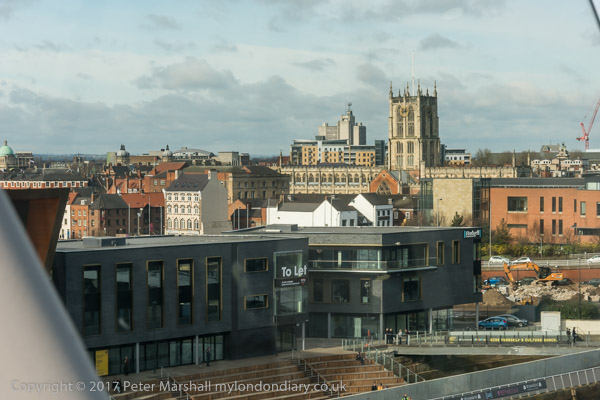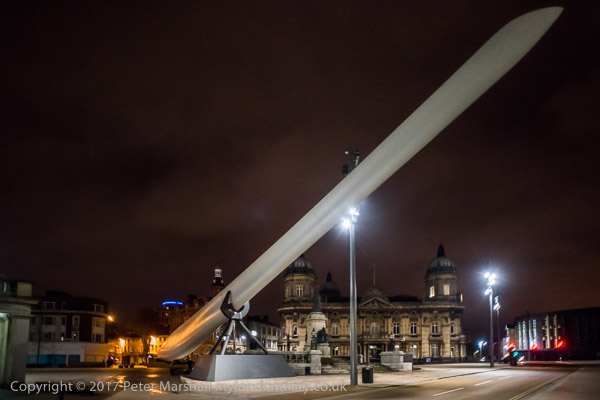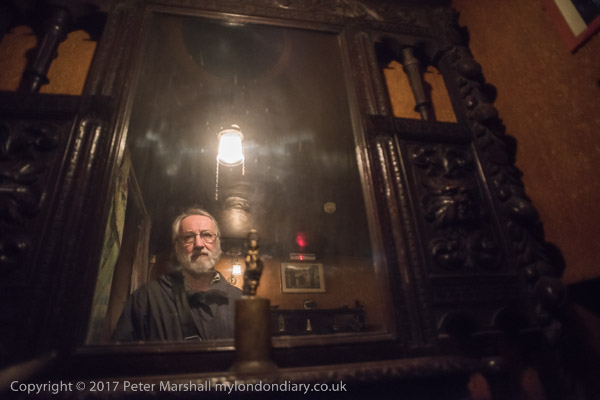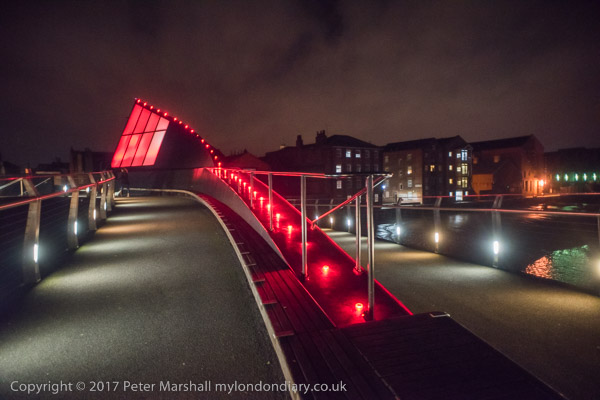Scott St Chapel and Beverley Rd: More pictures I made in Hull in August 1989 before and after a week with family and friends in Scotland.
This building was on the corner of Scott Street and Carr St, a short street that ended at the Cottingham Drain.
It was builtaround 1803/4 as a Wesleyan Methodist Chapel, one of the first in Hull, and the first in the then fast growing area of Sculcoates and had seating for 531 worshippers. The plain brick was coated with stucco some time in the mid 19th century and the building is mentioned in the Hull pages of Pevsner. Later the population of Sculcoates fell as the area became more industrial and new Methodist churches opened elsewhere in Hull. By 1910 the chapel became a printing works, still in use by Mason and Jackson Ltd until 1997 – you can read more details and see pictures in Paul Gibson’s Hull & East Yorkshire History. Sadly efforts by Gibson and others to get this buidling listed were refused and it was bought and demolished to provide more lorry parking for Maizcor in 2001.
This had been the front entrance to the chapel on Scott Street.
A view across Scott Street shows the Carr Street side of the building. Listing was denied on the that the building has been ‘too altered to qualify’, but I think this picture shows that the alterations were only superficial. Paul Gibson’s pictures show that many of the interior features remained. This wasn’t a great building, but a fine example of its type and one of the oldest remaining buildings in the Sculcoates area of Hull. As my picture shows it stood out from the other later buildings on the street some of which still survive.
There is an interesting block of 3 houses on Beverley Road immediately north of College Street, and it was that street name which gave me the clue tothe origin of this post, which dates from 1836 when Kingston College was built by Hull’s leading early Victorian architect Henry Francis Lockwood. The college was built just a little to the north and set back from the road and a few yards to the north two more pillars lake this do form a gateway to what is now Kingston Youth centre. The college didn’t last long closing in 1847 and its building was bought and turned into almshouses by Trinity House in 1851. At some time it became the Kingston Youth Centre and was badly mauled and had a sports centre added.
When the two houses at 46-48 were added inside the grounds of the college (then owned by Trinity House) in the 1860s I imagine this pillar was kept but its peer removed. This pillar is stuck rather oddly into the corner of the front yard of No 46, which is perhaps why it is in better shape than the two along the road.
The British Legion are no longer at Kingston Cottage at 44 Beverley Road, which is only locally listed. Also by Lockwood it was built as the Kingston College Lodge. As one of his earliest works it should be listed – at the moment it only has local listing. The college has been so much altered that it would be hard to make out a case for its retention in the lottery funded schemes to rejuvenate the area.
This grand Grade II listed Victorian style pub at 246 Beverley Road is not quite as old as it looks and was built in 1903 in red brick and terracotta designs of architects Freeman, Son & Gaskell to replace an earlier Bull Inn that had been on the site for around a hundred years. It closed around 2010, briefly reopened in 2011 and was converted to flats in 2017. I chose an angle for the picture which left the fine bull outlined on the shadow side of the more austere building on the opposite side of Stepney Lane, Stepney Board School.
Stepney Board School, built in 1886, architect W Botterill is also Grade II listed. Its Queen Anne style lacks the exuberance of the pub which had to attract customers while the school had school attendance officers to keep its numbers up.
I think you were never far from a boat in Hull, but relatively few parked theirs outside the front door. I couldn’t remember exactly where I made this, but the next few frames I took were all on or just off Beverley Rd. Fortunately when I posted it on Hull: The good old days on Facebook, I got over 30 replies in the next hour telling me.
I kept only very brief notes while I was taking pictures feeling it a getting in the way of my creative processes. Often I’d done considerable research before going out to take pictures and had a good idea of what I would take photographs of, but there were always other things like this that caught my attention. Usually I could remember something about the when I’d developed the film and made the initial contact print, but not this time.
Still some more pictures from Hull before I returned to London.
Flickr – Facebook – My London Diary – Hull Photos – Lea Valley – Paris
London’s Industrial Heritage – London Photos
All photographs on this page are copyright © Peter Marshall.
Contact me to buy prints or licence to reproduce.







